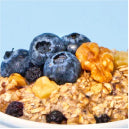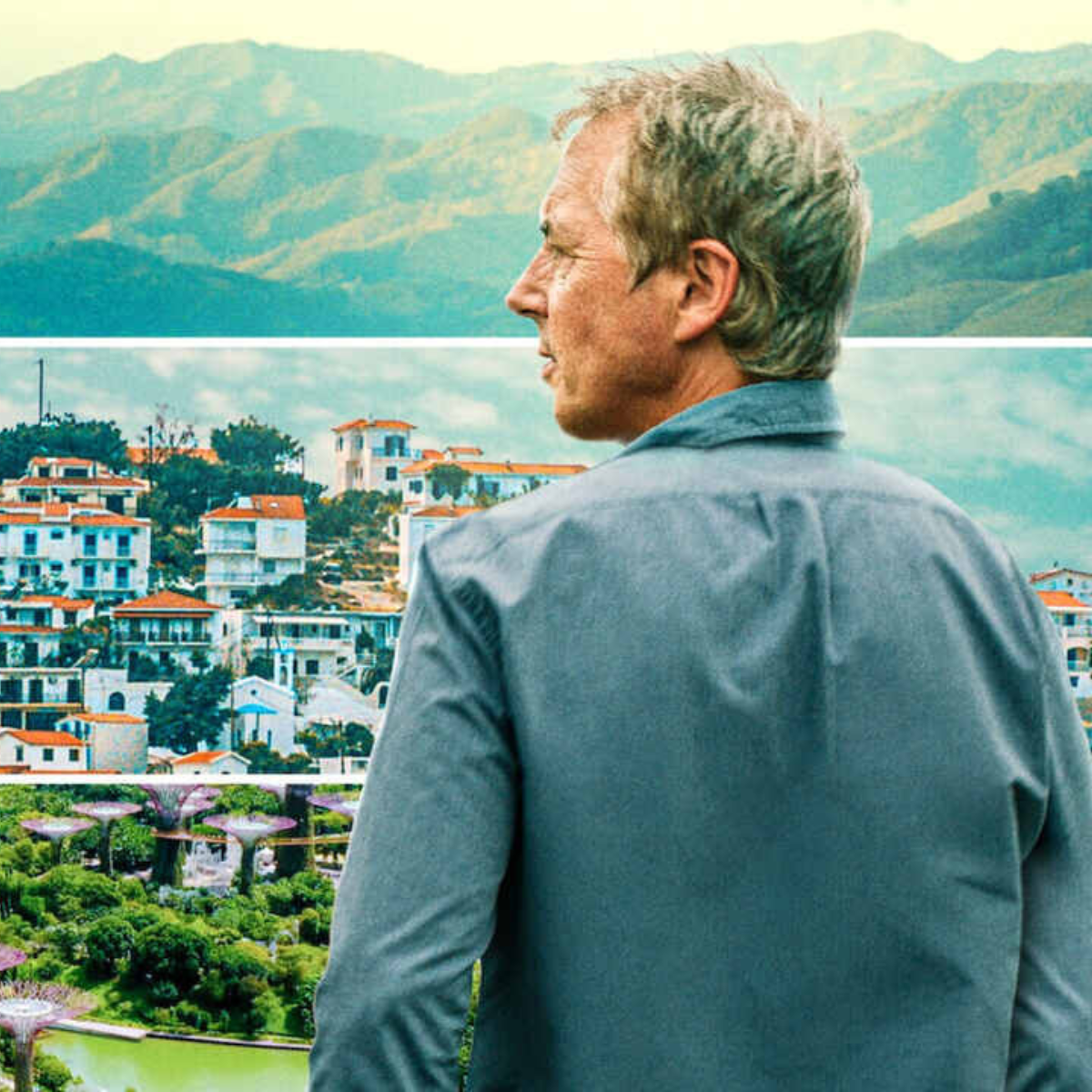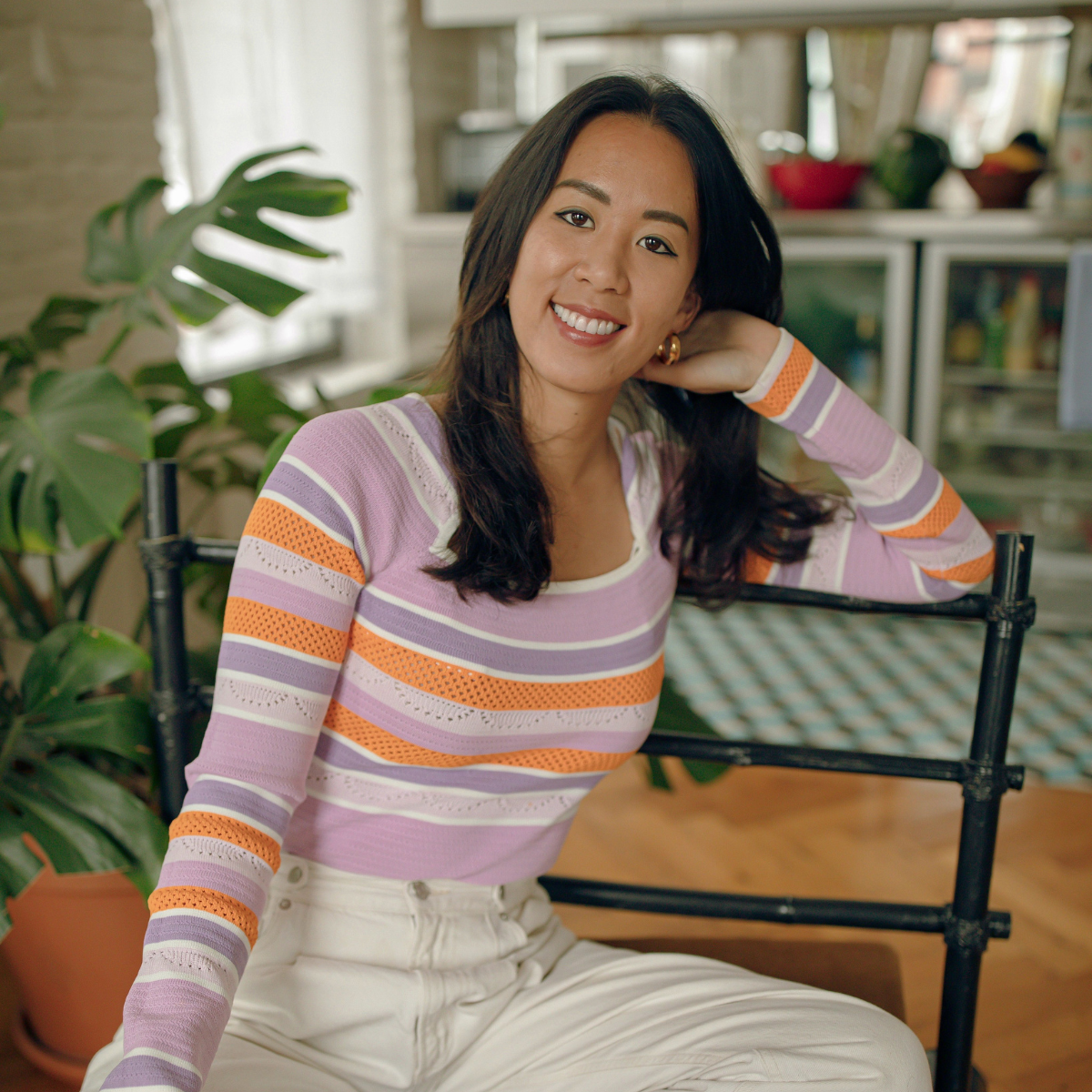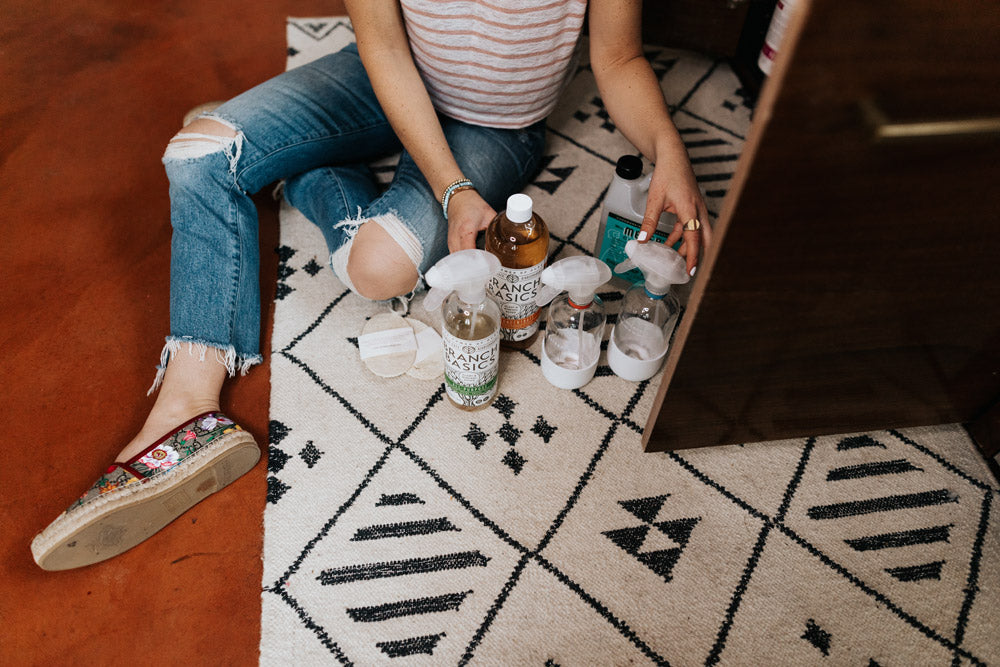I recently had the chance to chat with Dan Buettner on the Live Purely Podcast and something he said that struck me was, "Health and longevity are much more a result of the right environment than it is the right behaviors. Behaviors don’t last, environments do.” Most of what consumers think will help us live longer and healthier is misguided. This is why Dan set out to reverse engineer longevity and look for answers among populations that have achieved what we want - long, healthy lives and sharp brains until the end.
Below, we dive into a few core aspects that are helping people in blue zones live longer, happier, and more fulfilled lives.
They generally eat a whole-food, plant-based diet.
Many of the foods included in the everyday diet of the people living in these blue zones are raw, whole foods. They eat very little to no processed foods.
Meat is only consumed about 5 times per month.
In his research, Dan found that across all 5 blue zones, residents typically ate meat a little more than once a week. This is in stark contrast to the average amount eaten in America, which is over 200 pounds per year per person. In these regions, meat is viewed as more of a celebratory food rather than a staple.
Most of the food consumed is from 6 main groups.
The main foods eaten in blue zones consist of whole grains (e.g. wheat, corn, rice, and millet), sweet potatoes, nuts, greens, seasonal fruits, and beans. These 20 ingredients change throughout the year, but these main food groups remain consistent.
They don’t have a specific fitness regimen.
People living in blue zones typically don’t do a specific type of exercise (e.g. cross-fit, yoga, weight-lifting at the gym), but they are constantly moving around. Dan found in his research that these people are moving about every 20 minutes or so because they have set up their environment to be conducive to frequent movement and do not rely on mechanical conveniences for housework. For example, many people are still kneading their own bread rather than buying a loaf at the grocery store.
They have purpose.
It is very common for people living in blue zones to be deeply connected to their personal sense of purpose. They have a clear understanding of what they are meant to do with their life and how they want to spend their time.
Community is crucial.
In blue zones, you will find more people stopping to talk with their friend on the street for a casual conversation – this is because creating a social circle is held as a very important aspect of living a holistic life. Surrounding yourself with 4-5 people who are also practicing healthy habits will make it easier and more enjoyable for you to stick to these habits.
Fun Fact! Did you know that creating a healthy social circle in your life can add up to 7 years to your life expectancy?
They make their diet simple and consistent.
Rather than thinking what popular superfood you can ADD to your diet, people in blue zones are thinking about what unnecessary foods that they can take OUT of their diet. Keeping it simple and consistent is key. People living in blue zones typically eat a big breakfast, a medium-sized lunch, and a small dinner as this helps to improve digestion.
Faith is key.
Another commonality you’ll find amongst people living in blue zones is that they are all a part of some faith-based community. Being a part of a group of people who share your beliefs and celebrate them is linked to 4-14 extra years of life expectancy, according to Dan.
They put family first and foremost.
Blue zones are family-friendly places; and there’s a reason why. Having your aging parents close by, investing in your partner, and spending more time with your children was shown to add 6 extra years to your life expectancy. If you’re curious to learn more about the habits of people in blue zones, watch Dan’s new documentary on Netflix, https://www.netflix.com/title/81214929
Sources:
https://www.netflix.com/tudum/articles/live-to-100-secrets-of-the-blue-zones-documentary






